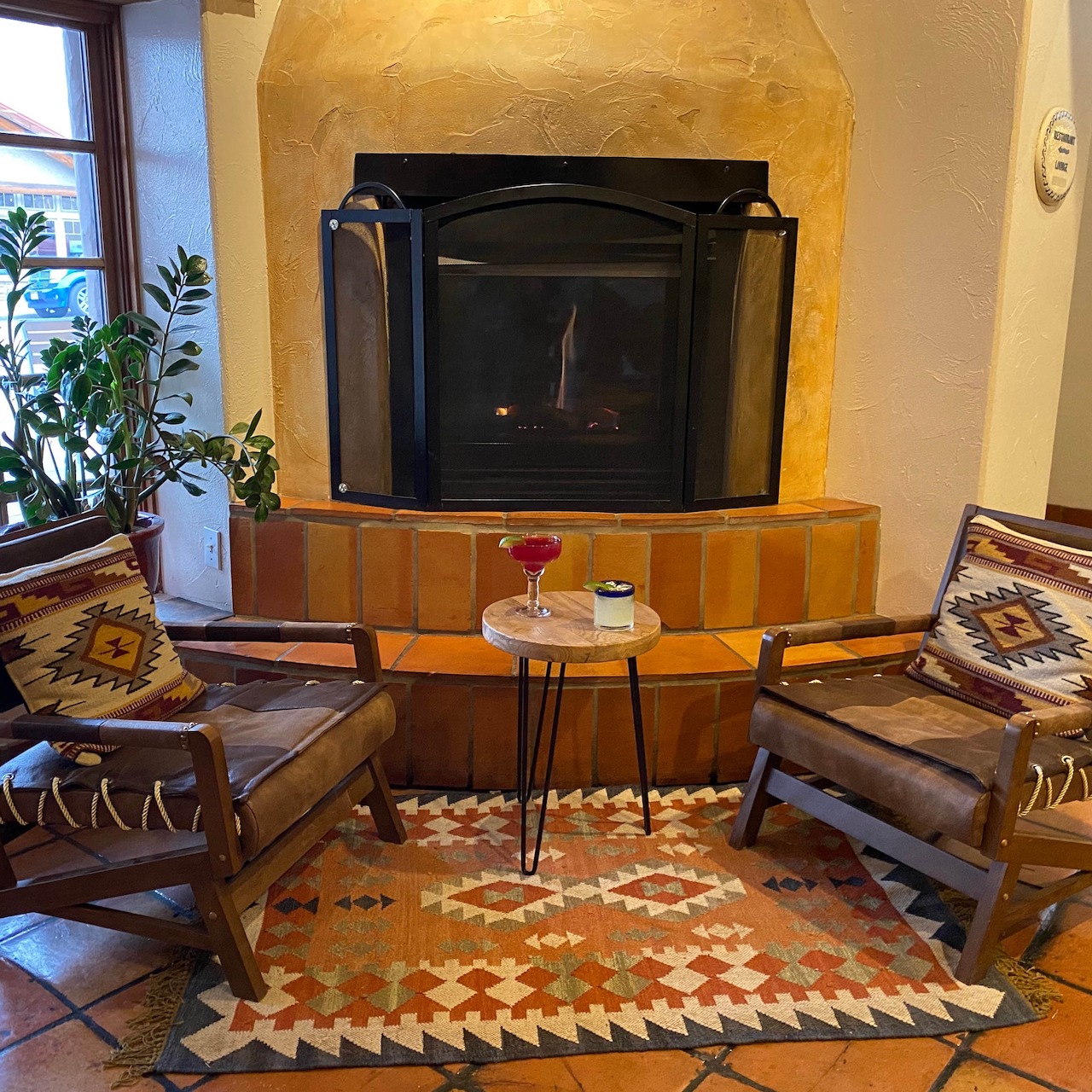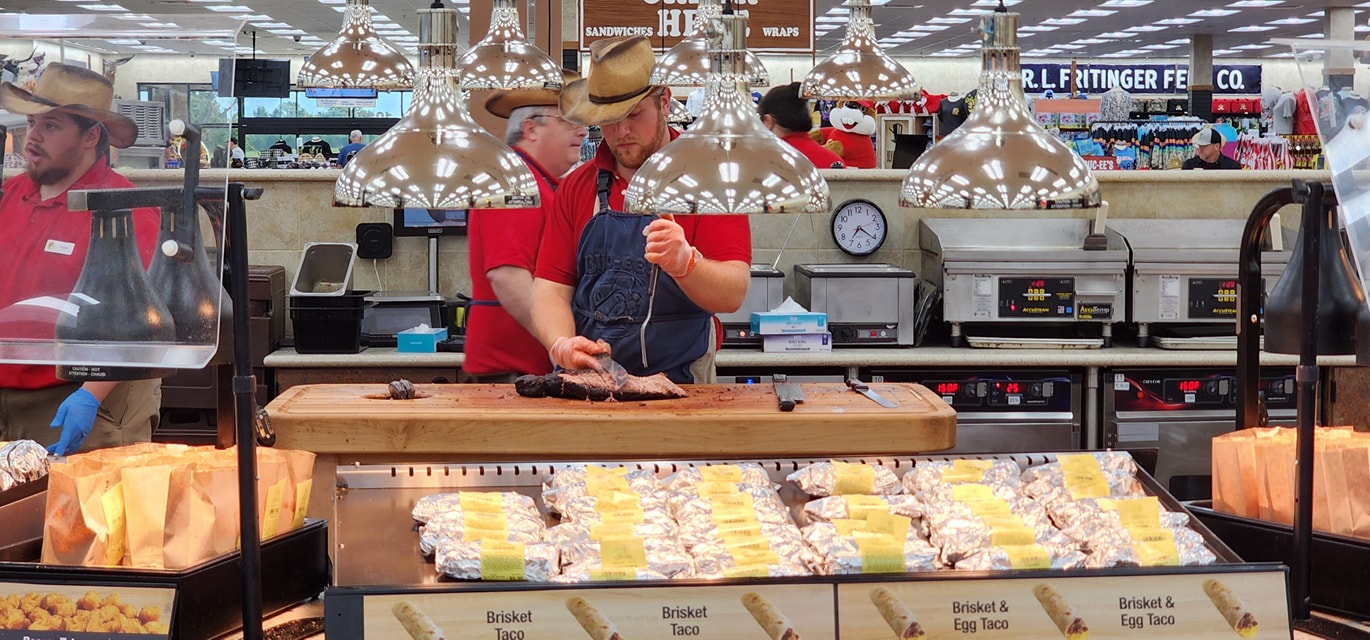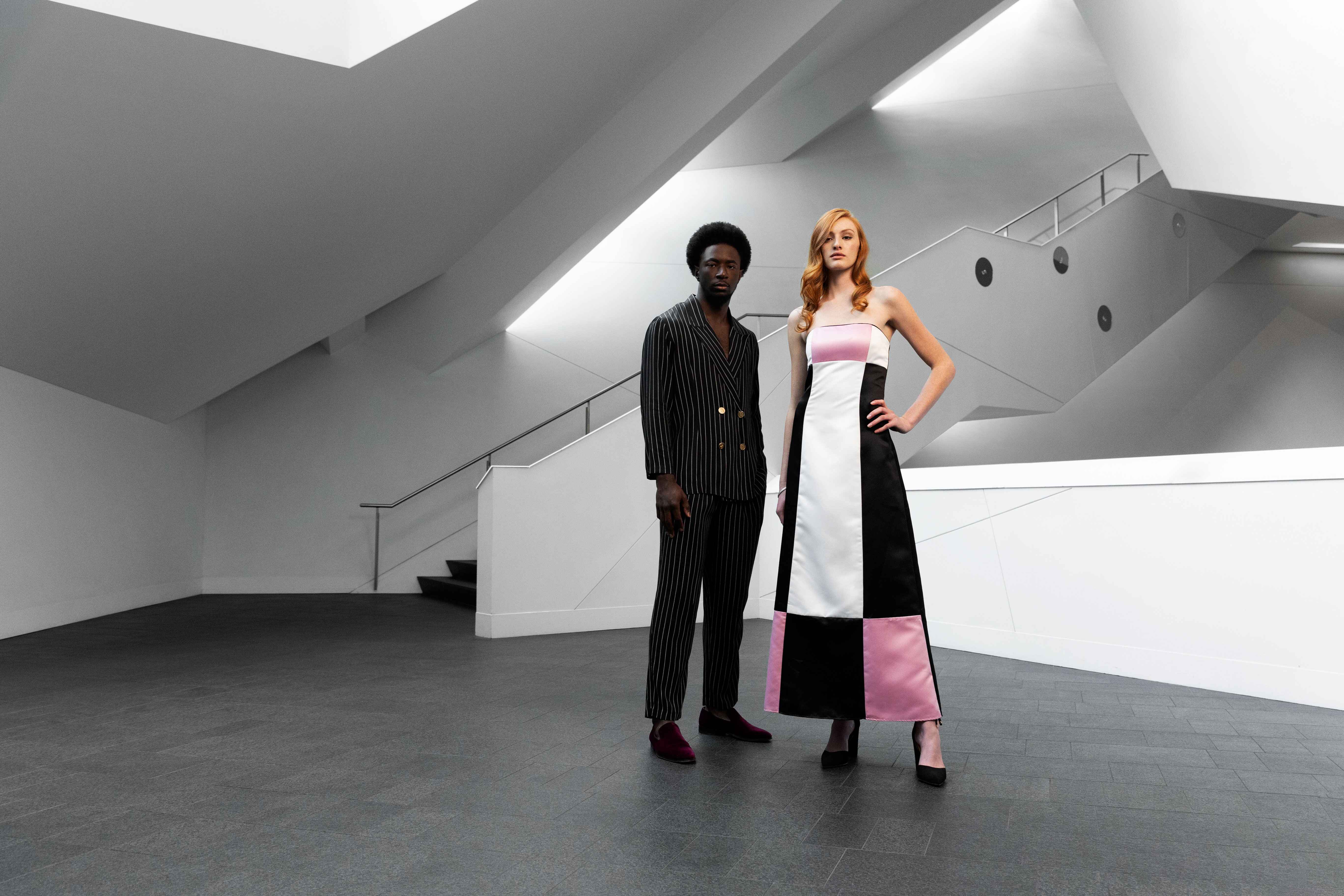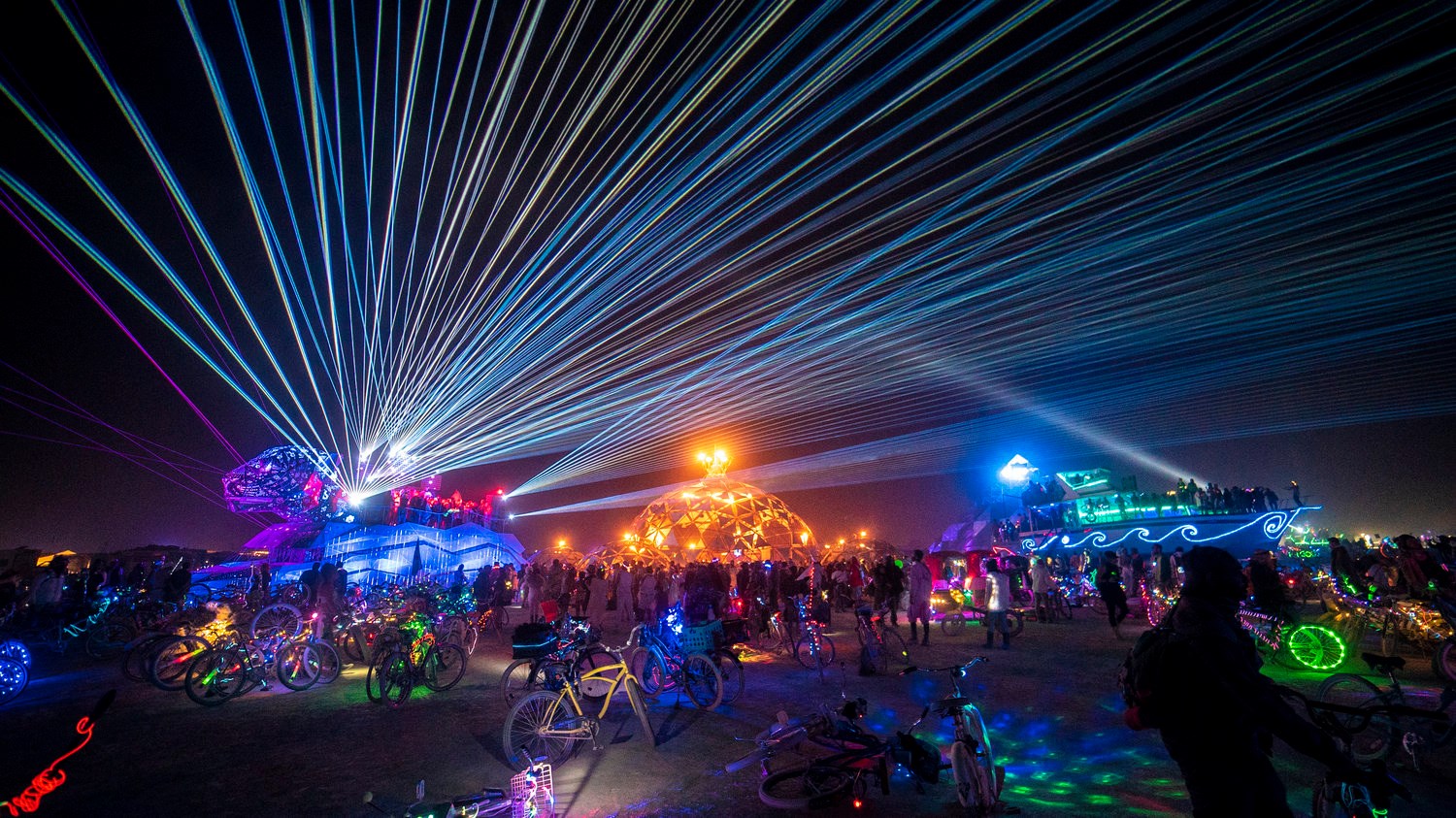Every other year, Denver hosts a special event that aims to build bridges between cultures in the Americas through art, education and technology. Called the Biennial of the Americas, this three-day event offers workshops, talks and art installations — all under a single theme. “Empathy in Action” is the theme for this year and the art installations that emulate that theme are going to take over Denver September 25 through 28. Almost all the art is interactive or immersive — emblematic of an overall trend in the art world — but also specifically useful for experiences that are supposed to activate compassion for others. Read on for a rundown of all the major art events in direct association with the Biennial and then go see them because they’ll (mostly) only be in Denver for the one weekend.
Jaguara
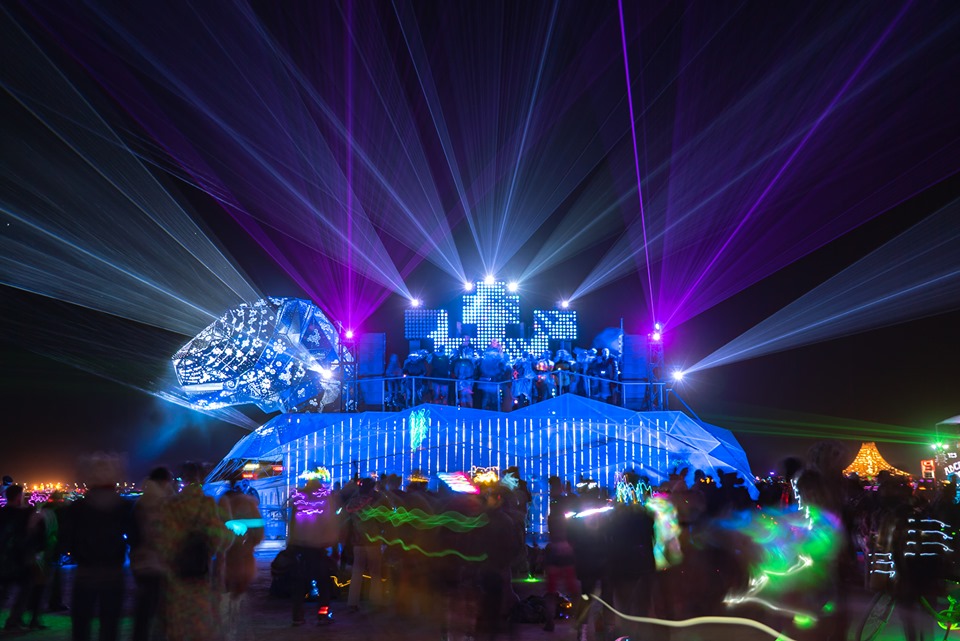
When: September 25 – 27, September 28 4 to 10 p.m.
Where: Civic Center Park
The Lowdown: The Jaguara will be the centerpiece of the Biennial’s art events. Created by an artist collective led by Leonardo Vilar and Catalina Pulino of Sonic Design Studio in Bogota, Colombia, Jaguara serves as a stage, a light installation, a sustainability initiative and a platform for discussion. Debuted at Burning Man 2018, this art car is more than meets the eye — and there’s a lot going on when you first set your gaze upon it. A large metal jaguar head adorned with sacred geometry rises out of a stage that represents the Amazon River. During the day, it takes on the appearance of an enormous robotic jaguar. For the weekend leading up to the Biennial’s centerpiece celebration Cósmico Americas, Jaguara will be open for exploration to the public. Part of the purpose of the art car is to raise awareness about the vulnerability of the Amazon Rainforest — which makes it the perfect embodiment of building bridges with art, technology and education. As the sun goes down on September 28, Jaguara will turn into an eruptive visual and auditory display that transforms the area around it into a Latin music party. – Cori Anderson
Elements
When: Anytime
Where: Elements, Broadway and Blake Street
The Lowdown: Jeroen Koolhaas and his friend Dre Urhahn (Haas&Hahn) have proven that public art has the power to incite change. Over the past 14 years, they’ve traveled to the slums of Rio de Janeiro in Brazil to paint vibrant murals with the help of local communities, naming them Favela Paintings. Not only does it give the community a chance to fix up their surroundings, but it also brings everyone together in a shared moment of creativity. This is the kind of art activation that sows empathy in its participants because it requires their input in order to happen. At the beginning of September, Koolhaas traveled to Denver to paint a building in the style of his Favela murals, with the help of assistants from Rio de Janeiro and Philadelphia, as well as local Denver kids. This happened in conjunction with RiNo’s annual street art festival CRUSH WALLS. –Cori Anderson
SHARE
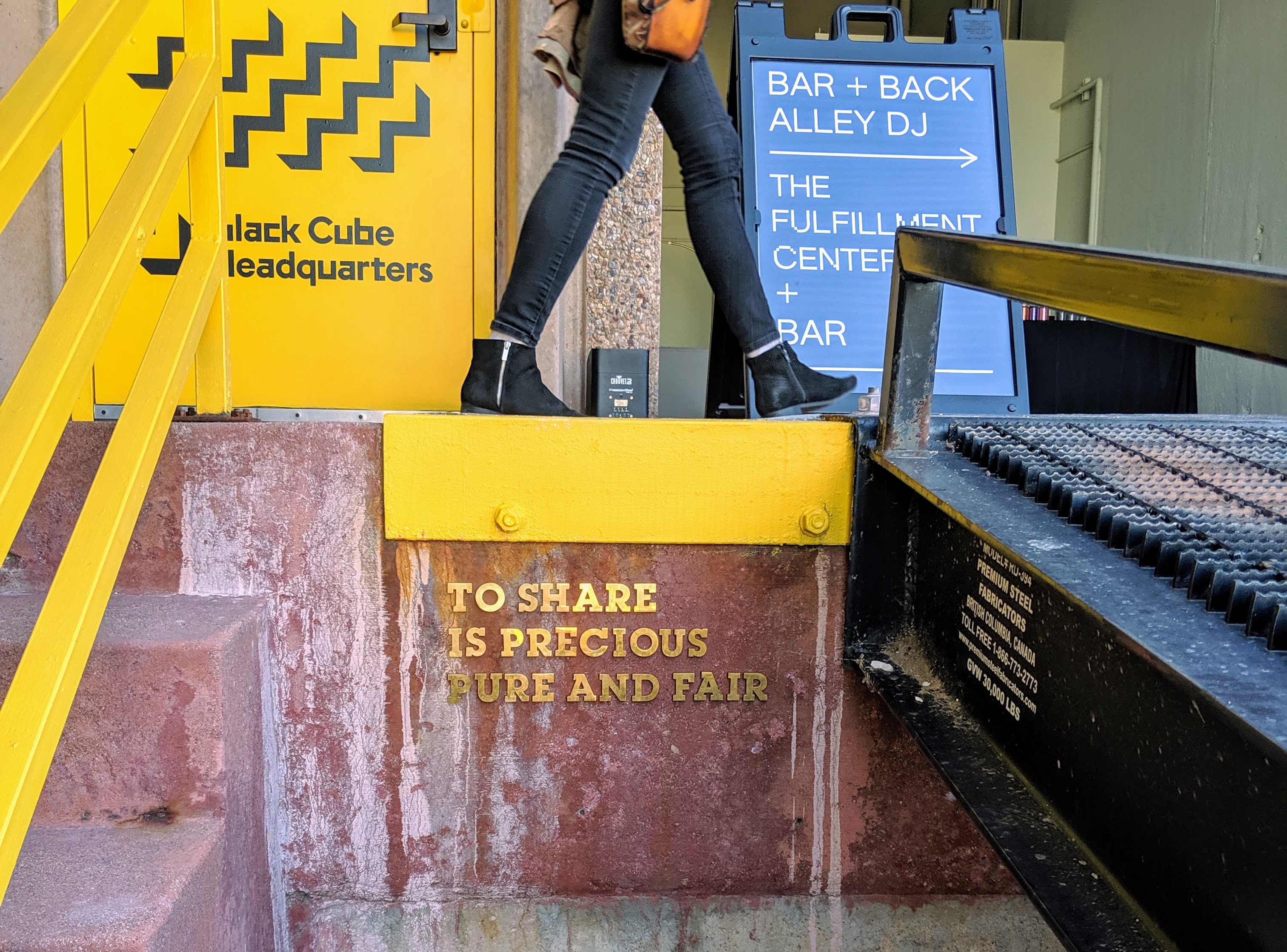
When: September 2019 – September 2020
Where: 100 locations all over Denver
The Lowdown: “To share is precious, pure and fair” reads the golden lettering on plaques in 100 locations around Denver, planted by artist Anuar Maauad. These text-based artworks should look familiar — the font, style and use of gold appear eerily similar to those found at Trump Tower. The words reference lyrics in a Marvin Gaye song, “I Want You” and work in opposition to the aesthetics. Instead of the powerful exclusiveness that Trump Tower emanates, these plaques offer a positive message about reconciliation and inclusiveness. Maauad is an artist based in Mexico City, and SHARE certainly offers a different perspective on the current state of affairs between Mexico and the US. In order to find all 100, you’ll either have to walk through the streets of the city, or look out for others who post images of them online. This — the artist hopes — will encourage people to share the positive message and pay it forward. –Cori Anderson
South Body
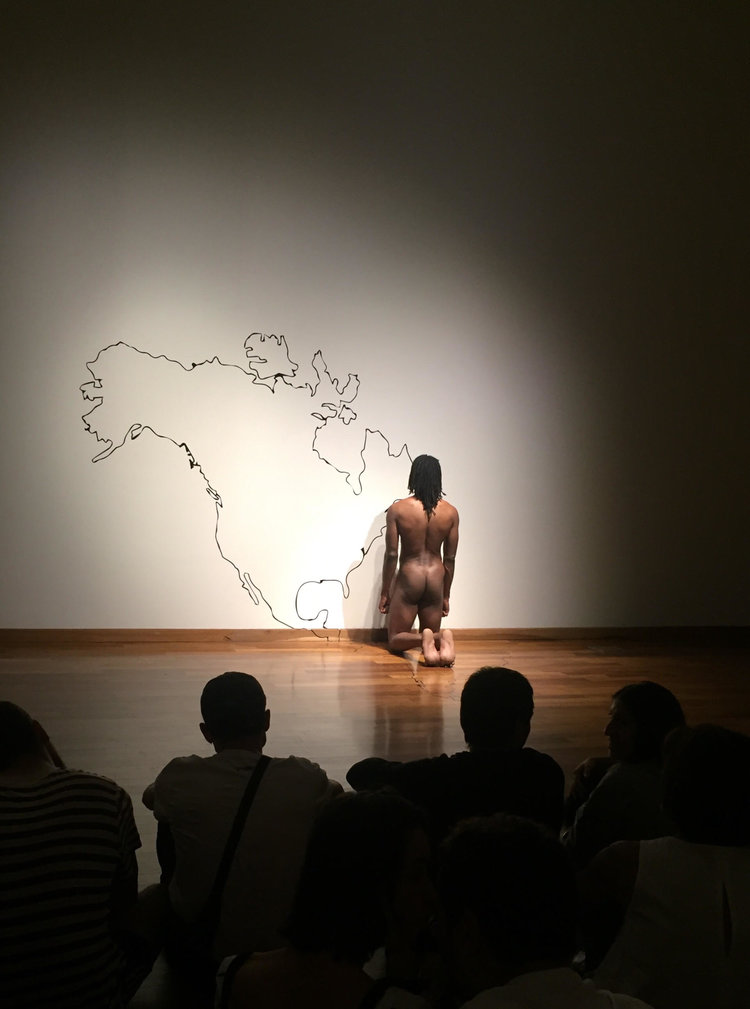
When: Tuesday, September 24, 7-8:30 p.m.
Where: Presented by K Contemporary at Sterling Events, 1261 Delaware St.
The Lowdown: As an artist who uses his work to heavily criticize systems of power and oppression, Carlos Martiel is one of the most fearless and prolific artists of the 21st century. On September 24, the 2019 Biennial of the Americas will host Martiel’s first performance in Denver. Martiel has performed across the globe, receiving multiple awards and grants, and for good reason. In a world that is becoming increasingly apathetic to the treatment of ethnic minorities, not just in the present but also in the past, Martiel forces us to confront our ethics, histories and behaviors. His durational performances make the viewer uncomfortable through his stillness and the obvious tension in the room. There may not be much information about “South Body” itself, but if his past work is any indication, we’re in for a powerful performance. – Carlos Escamilla
Imperfect Isometry
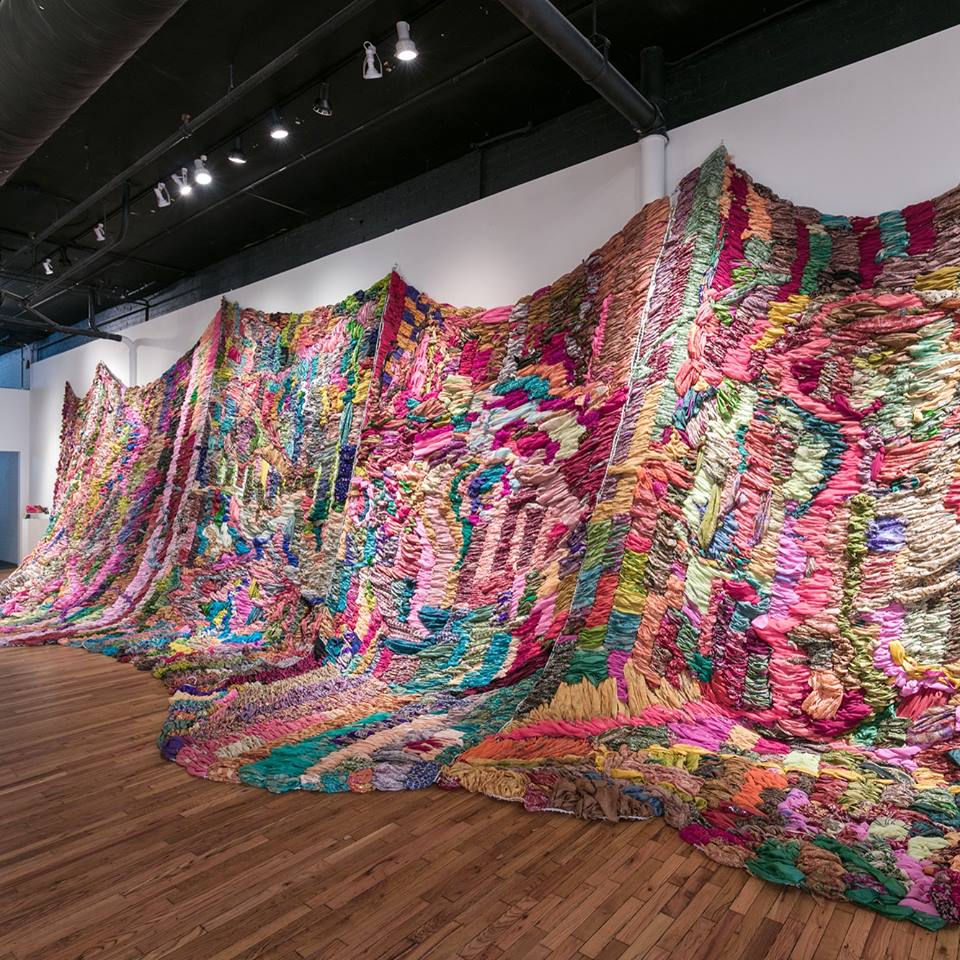
When: September 25 – 28
Where: McNichols Civic Center Building, 144 W. Colfax Ave.
The Lowdown: Denver-based artist Suchitra Mattai creates masterful artwork that encourages empathy through her use of materials that feel like home. She was commissioned earlier this year to make an expansive display for the Sharjah Biennial in the United Arab Emirates. The piece uses thousands of vintage saris woven together accompanied by projected video footage of physical borders and barriers. The Denver Art Museum is sponsoring the installation of this massive artwork in the McNichols Building during the weekend of Denver’s Biennial to bring her work home, literally. – Cori Anderson
Empathy Museum’s “A Mile in My Shoes”
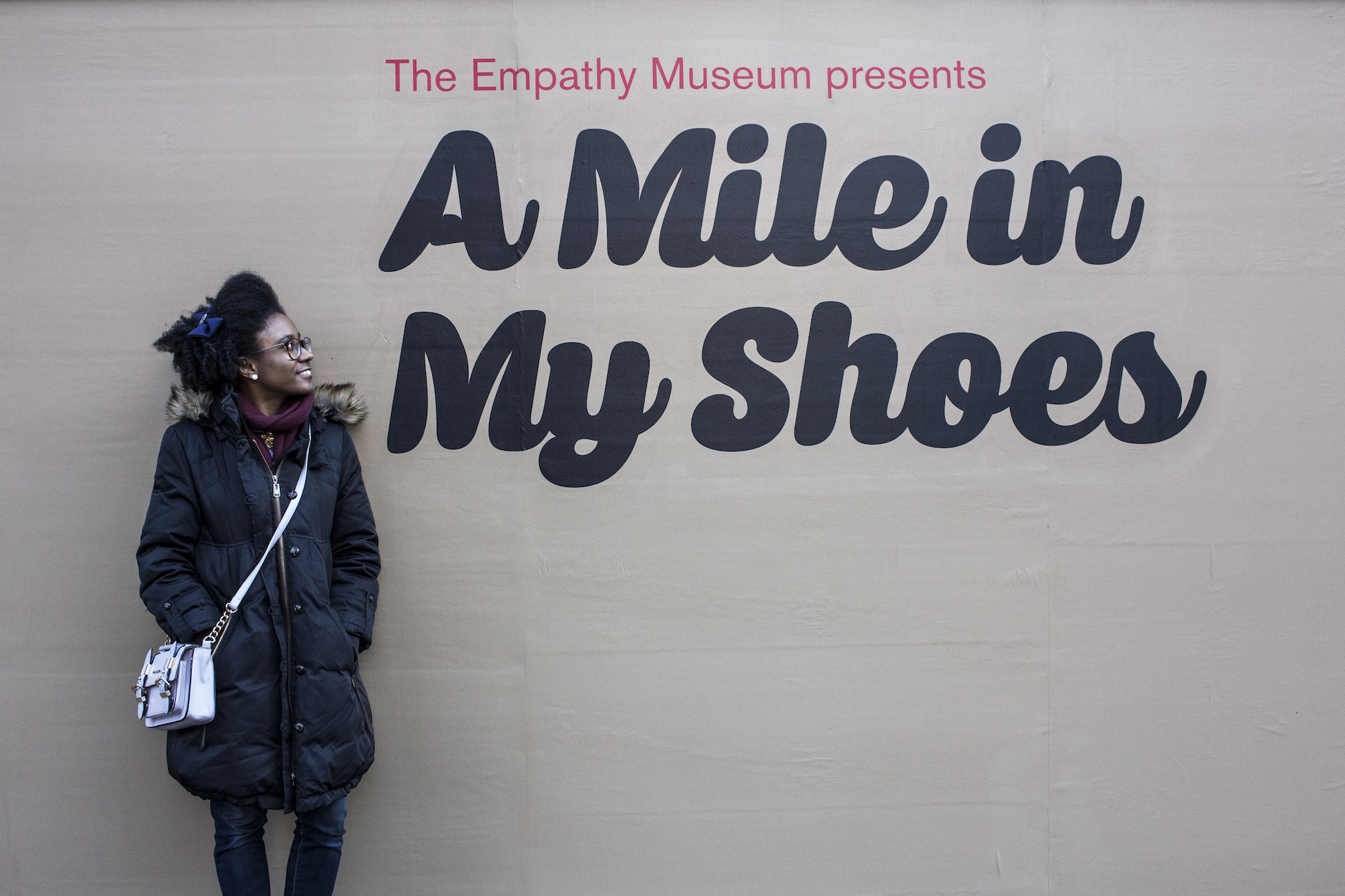
When: Until September 27, 10 a.m. to 7 p.m.
Where: Tail Tracks Plaza, 1550 Wewatta St.
The Lowdown: Conceptualized by British artist Clare Patey, the Empathy Museum organizes participatory art experiences in different locations around the world. This installation, A Mile in My Shoes, gives people the opportunity to literally walk in someone else’s shoes. While walking in the borrowed pair, participants listen to an audio clip of the original shoe wearer’s story, activating multiple sensory experiences at once. Some of the stories are heartbreaking, others are empowering. But in order to find out, you’ll have to take off your shoes, which is representative of taking away your biases in order to see the world from a different perspective. – Cori Anderson
“I am going to ____”

When: September 25-27
Where: In front of McNichols Civic Center Building
The Lowdown: So often we’ve been forced to observe art rather than interact with it. However, with “I am going to ____”, Colombian artist Adriana Ramirez invites the public to be more than a viewer. This fully interactive installation will be in front of the McNichols Building and each passerby is encouraged to be a co-author with Ramirez. By immersing the audience in the installation, Ramirez wants people to experience themselves from a different point of view. Through that change of perspective, we put ourselves in a bit of a vulnerable position but also an empowering one. There are remnants of Lacanian thought, forcing us back into the mirror stage to relearn subjectivity and through that, hopefully, learn tolerance and empathy. – Carlos Escamilla
#28 Rubric
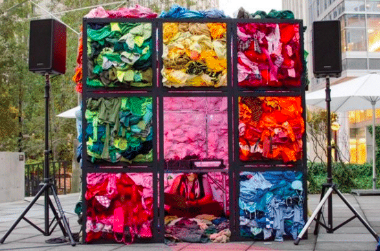
When: September 25-27
Where: McNichols Civic Center Building
The Lowdown: If you’ve ever tried to solve a Rubik’s Cube, you’re aware that it can be a frustrating and seemingly hopeless endeavor. The answer has to be there, right? We imagine that’s what was on Denver native Brandon Bullard’s mind as he first conceived #28 Rubric. This highly immersive installation looks playful on the outside and surreal on the inside, but there’s much more to this artwork than meets the eye. Bullard’s well-traveled installation consists of clothing woven throughout the eight-foot structure in a carefully choreographed pattern that resembles a Rubik’s Cube. The result is an inviting albeit surprising look at how much textile waste we produce each year. – Carlos Escamilla
